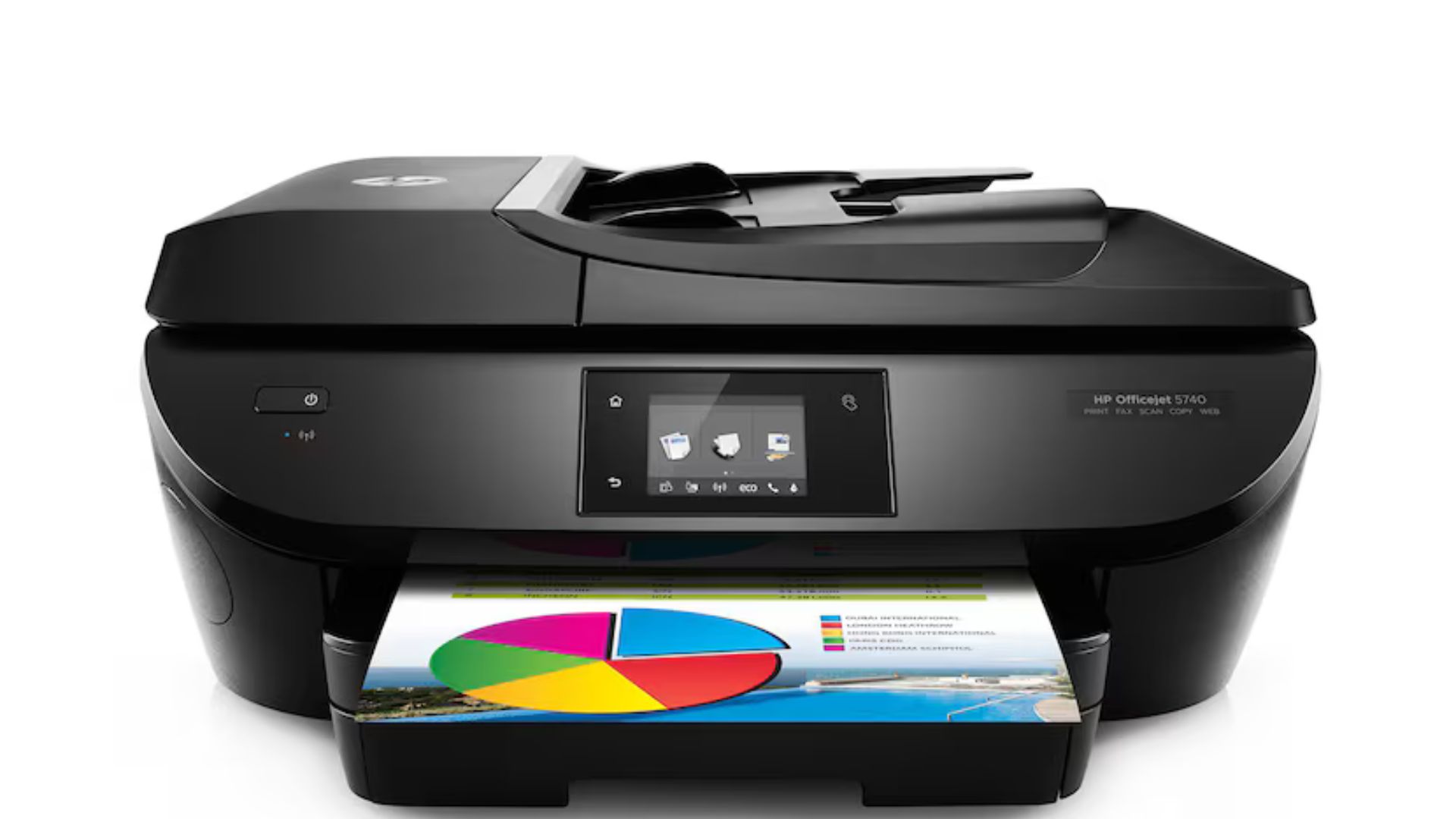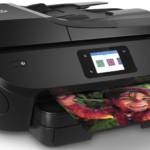Third-Party Printer Cartridges: Are They Worth It?
- By -Duke
- Posted on
- Posted in Printer Cartidge
When your printer’s ink or toner runs out, the cost of replacement cartridges can often be a significant expense. This is why many people consider third-party (or compatible) printer cartridges as an alternative to original equipment manufacturer (OEM) cartridges. These third-party cartridges are typically cheaper, but are they worth the savings? In this article, we’ll explore the pros and cons of using third-party printer cartridges and provide tips on what to consider before making the switch.

What Are Third-Party Printer Cartridges?
Third-party printer cartridges are non-branded ink or toner cartridges made by manufacturers other than the original printer brand. These cartridges are designed to be compatible with various printer models and are usually sold at a lower price than OEM cartridges.
Third-party cartridges can be categorized into:
- Compatible Cartridges: These are manufactured by companies that produce cartridges designed to work with specific printer models. They generally offer similar functionality to OEM cartridges.
- Remanufactured Cartridges: These are recycled OEM cartridges that have been refilled, cleaned, and refurbished for reuse. Remanufactured cartridges are often more environmentally friendly but may have more variability in quality.
Pros of Using Third-Party Printer Cartridges
1. Lower Cost
The most obvious benefit of third-party printer cartridges is the price. They can be anywhere from 30% to 80% cheaper than OEM cartridges. If you print frequently or in large volumes, using third-party cartridges can lead to significant savings over time.
2. Availability
Third-party cartridges are widely available and can be purchased from a variety of retailers, both online and in physical stores. Many third-party suppliers offer compatible cartridges for a wide range of printer models, so it’s easier to find a replacement, especially for older printer models.
Cons of Using Third-Party Printer Cartridges
1. Print Quality May Vary
While some third-party cartridges perform just as well as their OEM counterparts, others may fall short. The ink or toner quality may not be the same, which could result in:
- Faded prints: Non-OEM ink or toner might not be as vibrant, especially for color prints.
- Smudging or streaking: Lower-quality ink can cause smudges, especially when printing high-quality documents or photos.
- Inconsistent results: Some third-party cartridges may produce inconsistent print quality, with some prints being darker or lighter than others.
2. Compatibility Issues
Although third-party cartridges are designed to fit a wide range of printers, there may still be compatibility issues. Some cartridges may not work as intended, especially with printers from brands that use sophisticated technology to prevent the use of non-OEM products.
For example:
- Chip Compatibility: Many modern printers use a chip on the cartridge that communicates with the printer to monitor ink levels and confirm authenticity. If the third-party cartridge lacks a compatible chip, the printer may not recognize the cartridge, or it may show an error message.
- Printer Updates: Some printer manufacturers release firmware updates that prevent third-party cartridges from working. This can be frustrating if you have invested in third-party cartridges.
Key Considerations Before Buying Third-Party Cartridges
1. Brand Reputation
Not all third-party cartridges are created equal. The quality of compatible and remanufactured cartridges can vary widely depending on the brand and the manufacturer. Look for reputable suppliers with good reviews and a track record of providing quality products. Some well-known third-party cartridge manufacturers include:
- LD Products
- Innovera
- Cartridge World
- Xerox (for toner)
Reading user reviews and checking ratings on e-commerce sites can also help you find reliable brands that offer consistent performance.
2. Printer Model Compatibility
Before purchasing a third-party cartridge, check that it is compatible with your specific printer model. Some printers have stricter compatibility restrictions, especially newer models with advanced security features that prevent third-party cartridges from working.
Conclusion
In short, third-party printer cartridges can be a cost-effective solution for many users, particularly those who print regularly and want to save on ink or toner costs. However, it’s important to weigh the potential downsides, such as lower print quality, compatibility issues, and the risk of voiding your printer warranty.



